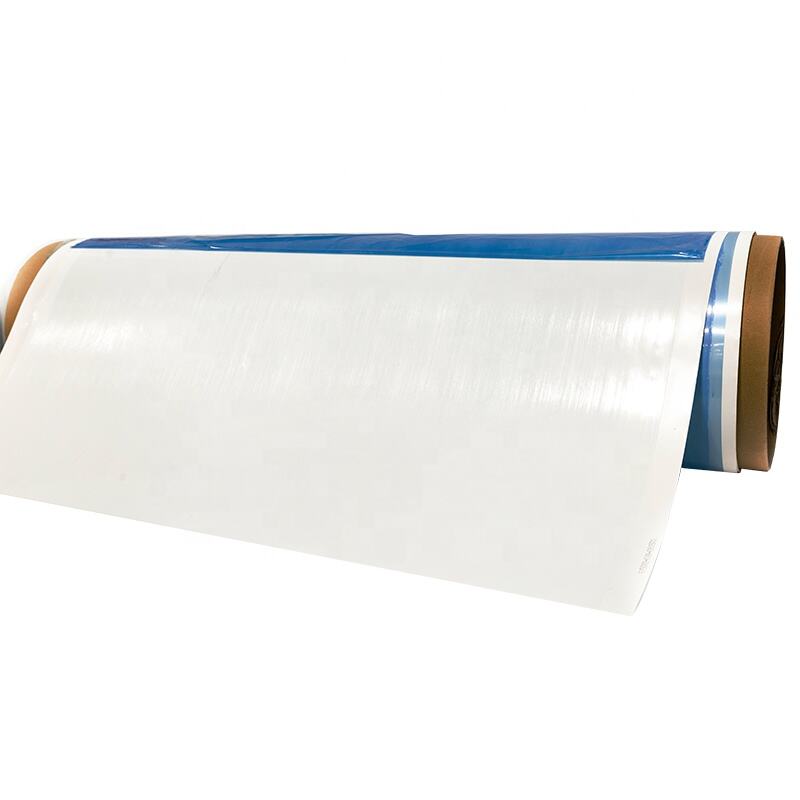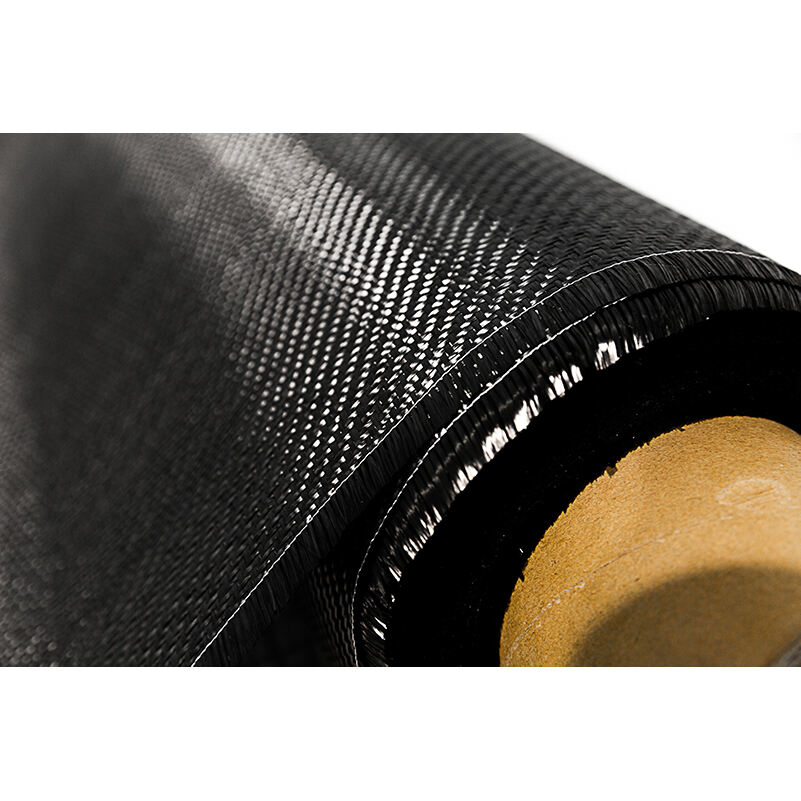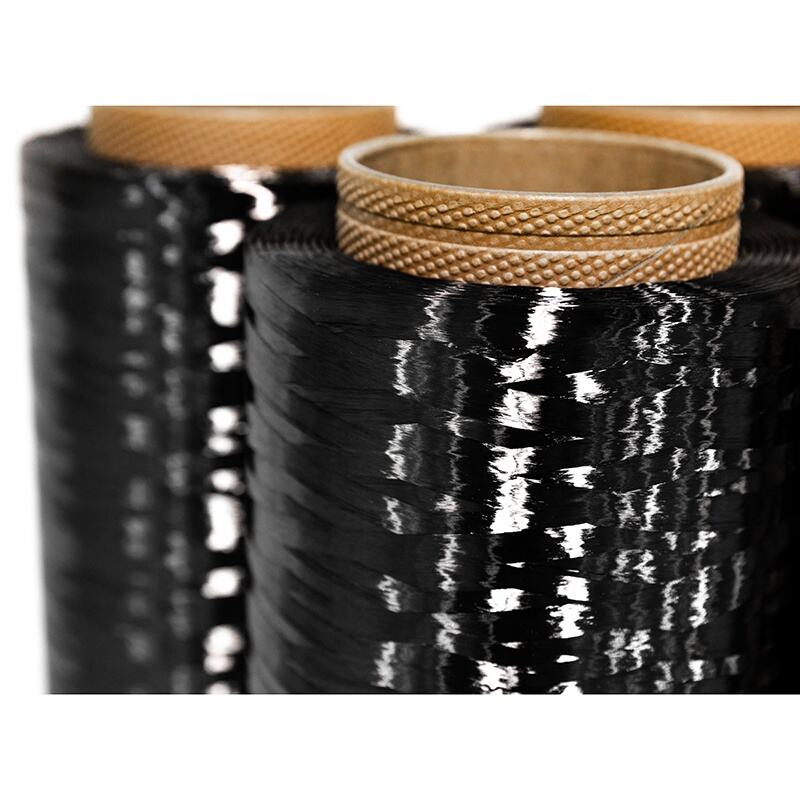aerospace carbon fiber
Aerospace carbon fiber represents a revolutionary material in modern aviation and spacecraft manufacturing. This advanced composite material combines exceptional strength with remarkably low weight, making it crucial for aerospace applications. Comprising thin, strong carbon fiber filaments woven into a fabric and impregnated with resin, this material delivers superior mechanical properties while reducing overall aircraft weight. The material exhibits outstanding fatigue resistance, thermal stability, and dimensional stability across varying environmental conditions. In aerospace applications, carbon fiber composites are extensively used in primary structures such as wings, fuselages, and tail assemblies, as well as in secondary structures including floor panels, fairings, and interior components. The material's high strength-to-weight ratio enables aircraft manufacturers to design more fuel-efficient vehicles while maintaining structural integrity. Additionally, aerospace carbon fiber demonstrates excellent resistance to corrosion and chemical degradation, significantly reducing maintenance requirements and extending component life spans. Modern manufacturing techniques, including automated fiber placement and resin transfer molding, ensure consistent quality and optimal performance in critical aerospace applications.


